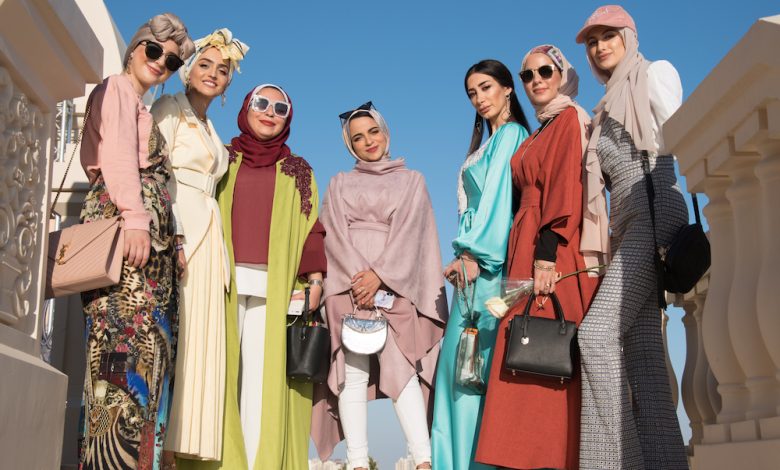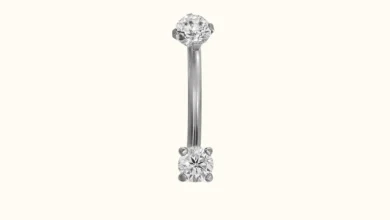What Makes Eid Outfits Unique in Different Cultures?

Eid outfits across cultures are vibrant reflections of tradition, style, and cultural identity. From the intricate embroidery and luxurious fabrics of Middle Eastern and North African attire to the rich colours and embellishments of South Asian garments, each region showcases unique designs. Southeast Asian cultures blend batik prints and traditional motifs, while Turkish styles offer modern interpretations of classic kaftans. Eid dresses encapsulate cultural diversity with Middle Eastern intricacies, South Asian embellishments, Southeast Asian vibrant prints, Turkish modern interpretations, and West African fabrics.
Each reflecting heritage, elegance, and festive celebration across different cultures. West African attire dazzles with colourful fabrics like Ankara and Kente, adorned with geometric patterns and accessories. These outfits not only celebrate Eid but also serve as expressions of cultural heritage, embodying elegance, symbolism, and festive spirit worldwide.
Traditional Elegance:
Eid outfits from various cultures bleed an irregular blend of traditional elegance, each showcasing unique elements that embody cultural heritage and festive spirit. In Middle Eastern and North African traditions, outfits feature elaborate embroidery and luxurious fabrics like silk, emphasising craftsmanship and luxury. South Asian attire, such as the vibrant shalwar kameez and intricately embellished saris, radiates with colours and patterns that symbolise celebration and spirituality.
West African garments, embellished with vibrant Ankara and Kente cloth, signify cultural pride through their vibrant colours and symbolic designs. Across these diverse cultures, Eid outfits not only adorn wearers but also preserve and showcase centuries-old traditions with timeless elegance.
Contemporary Flair:
Contemporary flair infuses Eid outfits across diverse cultures with modern interpretations while honouring traditional aesthetics. In Middle Eastern and North African attire, this might manifest in sleek silhouettes and updated embroidery techniques, blending heritage with contemporary fashion trends. South Asian styles incorporate innovative cuts and fusion designs, merging traditional fabrics with modern embellishments.
Southeast Asian cultures embrace contemporary prints and silhouettes in batik and kebaya outfits, adding a fresh twist to traditional motifs. Turkish fashion showcases bold patterns and elegant draping techniques, reflecting a modern take on classic kaftans. West African attire adapts vibrant fabrics into modern silhouettes, balancing cultural richness with contemporary appeal, creating Eid outfits that resonate globally.
Religious Observance:
Religious observance profoundly shapes Eid outfits across cultures, infusing them with spiritual significance and traditional symbolism. In Middle Eastern and North African traditions, garments like the abaya or kaftan reflect modesty and cultural pride, often adorned with intricate embroidery and rich fabrics to honour the occasion. South Asian attire, such as the shalwar kameez or lehenga choli, combines vibrant colours and elaborate designs to symbolise joy and prosperity.
Southeast Asian outfits feature batik prints and traditional motifs, representing local customs and religious devotion. These garments not only mark Eid celebrations but also serve as expressions of faith and cultural heritage, uniting communities in festive reverence.
Symbol of Gratitude:
Eid outfits across diverse cultures symbolise gratitude through their intricate designs and vibrant colours. In Middle Eastern and North African traditions, elaborate embroidery and luxurious fabrics like silk express gratitude for blessings. South Asian attire, with its rich colours and intricate embellishments, reflects gratitude for community and abundance. Southeast Asian cultures use batik prints and traditional motifs to symbolise appreciation for heritage and artistry.
Turkish outfits, blending modern styles with cultural symbols, express gratitude for tradition and modernity. West African garments, adorned with colourful fabrics and intricate patterns, symbolise gratitude for culture and family ties. These outfits are more than attire; they are expressions of gratitude, celebrating unity and blessings during Eid festivities.
Accessories to Impress:
Accessorising plays a pivotal role in defining the uniqueness of Eid outfits across diverse cultures. In Middle Eastern and North African traditions, intricate jewellery, such as elaborate necklaces and earrings, complement richly embroidered garments, adding opulence and cultural symbolism. South Asian cultures favour embellished footwear, like intricately embroidered shoes or bejewelled sandals, enhancing the elegance of outfits like sherwanis or lehengas.
Southeast Asian attire incorporates ornate hair accessories and traditional scarves, like the Malaysian songkok or Indonesian kebaya, reflecting cultural pride. West African ensembles are elevated with bold statement pieces, such as chunky bead necklaces and vibrant headwraps, embodying festive spirit and regional identity through every detail.
Conclusion:
The uniqueness of Eid outfits across different cultures lies in their ability to blend tradition with contemporary flair, reflecting centuries-old customs and regional influences. Southeast Asian fabrics like batik and Turkish interpretations of the kaftan add further diversity. While West African garments showcase bold prints and craftsmanship. These outfits not only embody cultural identity but also serve as symbols of unity and joy during Eid. Marking the diversity and beauty of global traditions. Visit businessnewstips for more interesting articles.




